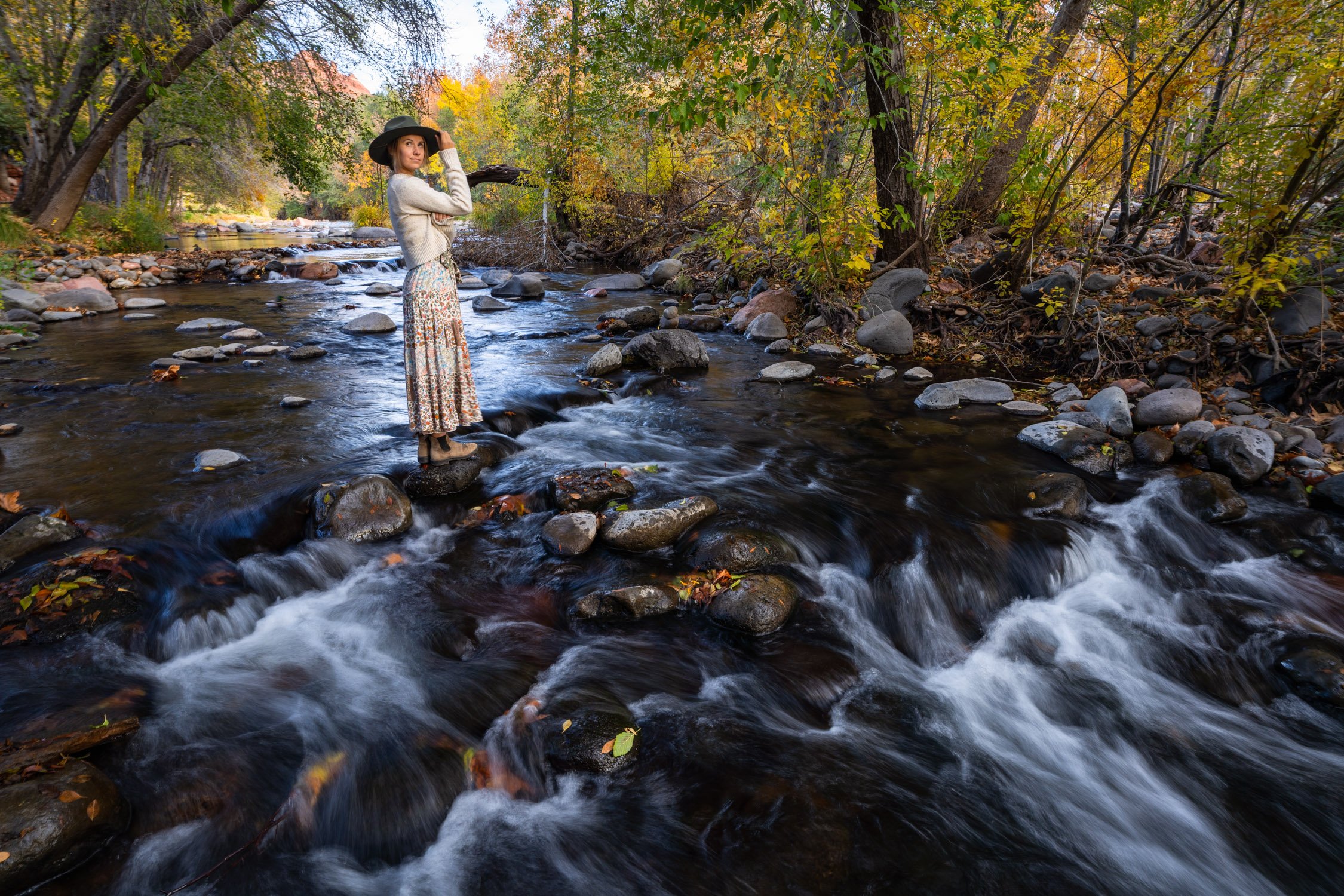Top Safety Tips for Road Tripping in Remote Areas
Road tripping in remote areas can be an incredible adventure, offering unparalleled scenery, solitude, and a chance to connect with nature. However, traveling far from urban centers also comes with unique challenges and risks. From vehicle preparedness to personal safety, here are the top tips to ensure your remote road trip is as safe as it is memorable.
Headed deep into Alaska on dirt roads. Photo by Dalton Johnson
1. Prepare Your Vehicle
Before heading into remote areas, make sure your vehicle is in top condition. Schedule a comprehensive maintenance check, including brakes, tires, fluid levels, and battery. Equip your vehicle with a spare tire, jack, and tire repair kit, as flat tires are common on unpaved or rough roads. Consider carrying an extra fuel canister if gas stations are scarce along your route. If your trip involves rugged terrains or off-road trails, investing in high-clearance tires and a winch can provide extra peace of mind. Always keep a basic toolkit for unexpected repairs and know how to use it.
Additionally, familiarize yourself with your vehicle’s manual. Knowing how to change a tire, jumpstart the battery, or reset certain systems can save time and prevent unnecessary stress. Keep a record of emergency roadside assistance numbers and ensure your insurance coverage includes towing services for remote areas.
2. Carry Essential Supplies
Pack enough water, food, and snacks to last longer than your planned trip, in case of unexpected delays. Non-perishable items like energy bars, nuts, and canned goods are excellent options. For longer trips, consider bringing a portable water filtration system or purification tablets in case your supply runs low.
Clothing layers are essential to adapt to varying weather conditions. Pack moisture-wicking base layers, insulated mid-layers, and waterproof outerwear. Don’t forget sturdy footwear, hats, and gloves. Include a well-stocked first aid kit with items such as bandages, antiseptic wipes, pain relievers, and a thermal blanket. Personal hygiene supplies, including biodegradable soap, hand sanitizer, and toilet paper, can also enhance your comfort.
Searching for the largest glacier in the United States. Photo by Dalton Johnson
3. Have Reliable Navigation Tools
Don’t rely solely on your phone or GPS, as remote areas often lack reliable cell service. Invest in a detailed physical map of the region and learn how to use it. Apps like Gaia GPS or offline maps can be helpful, but ensure they’re downloaded before you leave. A compass is another valuable tool to keep on hand, especially if you plan on hiking or exploring areas away from the road.
Consider a GPS device specifically designed for off-road navigation, which often includes trail maps and waypoints for remote destinations. Learning basic orienteering skills can also be invaluable if technology fails. Always plan your route ahead and identify key landmarks to avoid getting lost.
4. Communicate Your Plans
Always let someone know your itinerary, including your planned route, expected arrival times, and camping locations. Share updates when you reach key stops if possible. A satellite communication device, like a Garmin InReach or SPOT tracker, can be a lifesaver for sending messages or requesting help in areas without cell service. Many of these devices allow you to share your real-time location with friends or family, adding an extra layer of security.
Keep a whistle and signal mirror in your emergency kit to attract attention if needed. In case of an emergency, knowing basic survival communication signals can help you alert rescuers effectively.
When driving to Alaska, be ready for the cold. Photo by Dalton Johnson
5. Stay Aware of Weather Conditions
Check the weather forecast frequently and be prepared for sudden changes, especially in mountainous or desert regions. Rain can make dirt roads impassable, while extreme heat or cold can pose risks to both you and your vehicle. Monitor conditions through apps or local radio channels and plan alternative routes if severe weather is expected.
Carry weather-specific gear, such as snow chains for winter travel or sunshades to protect against intense heat. Learn to recognize signs of natural hazards like flash floods or snowdrifts, which can develop rapidly in remote areas. Avoid crossing flooded roads, as water depth can be deceptive and dangerous.
6. Fuel Up Frequently
When traveling in remote areas, gas stations can be few and far between. Make it a rule to fill up your tank whenever you have the chance, even if it’s not empty. Running out of gas in an isolated area can quickly turn into a serious problem. In addition to carrying a spare fuel canister, know the average mileage your vehicle gets and plan accordingly to avoid running low.
If your route includes long stretches without services, research locations of fuel stations ahead of time and consider calling them to confirm availability. Diesel and other fuel types may be limited in certain regions, so plan accordingly.
The long road of Baja are often empty, so make sure you can fix anything that breaks yourself. Photo by Dalton Johnson
7. Bring Emergency Gear
Equip your vehicle with emergency essentials such as a multi-tool, flashlight with extra batteries, jumper cables, duct tape, and a fire extinguisher. Consider carrying a portable power bank to charge devices, as well as a solar charger for extended trips. In winter, add blankets, a shovel, and sand or cat litter for traction.
For off-road adventures, include recovery boards, a tow strap, and a high-lift jack to get your vehicle out of tough spots. A portable air compressor can be useful for adjusting tire pressure when transitioning between paved and unpaved roads.
8. Practice Responsible Camping
If you’re camping during your road trip, follow Leave No Trace principles to protect the environment. Pack out all trash, avoid disturbing wildlife, and camp only in designated or low-impact areas. Carry a portable toilet or learn how to properly dispose of human waste to maintain cleanliness and health.
In addition, minimize your impact by using biodegradable soap, sticking to established trails, and refraining from collecting natural objects like rocks or plants. Respect local rules and guidelines to ensure these remote areas remain pristine for future visitors.
Wild coyote saying hello in the early morning. Photo by Dalton Johnson
9. Watch for Wildlife
Remote areas are home to various wildlife, so stay alert, especially when driving at dawn or dusk when animals are most active. Use your high beams when appropriate, and reduce your speed on winding roads to avoid collisions. Keep your campsite food stored securely to prevent attracting animals.
Carry bear spray in regions where large predators are present, and make noise while hiking to avoid surprising wildlife. If you encounter animals, observe them from a safe distance and never feed them, as this can alter their natural behavior and create hazards for both humans and animals.
10. Know Your Limits
Adventure is exciting, but safety comes first. Avoid pushing yourself or your vehicle beyond their limits. Don’t drive on roads that seem unsafe or beyond your skill level. Listen to your instincts—if something feels off, it’s okay to turn back or choose an alternative route.
Recognize signs of fatigue and take breaks when needed to avoid accidents. Traveling in remote areas often requires patience and adaptability, so give yourself extra time to navigate challenges without rushing.
Camping in the middle of no where when road tripping through Baja. Photo by Dalton Johnson
Remote road trips offer unique rewards but require thorough preparation to ensure safety. By equipping yourself with the right tools, supplies, and knowledge, you can confidently explore even the most isolated destinations. Remember, planning ahead and staying adaptable are the keys to enjoying a safe and unforgettable adventure. With the right mindset and preparation, your journey through remote areas can become a cherished experience filled with awe-inspiring moments and personal growth.















